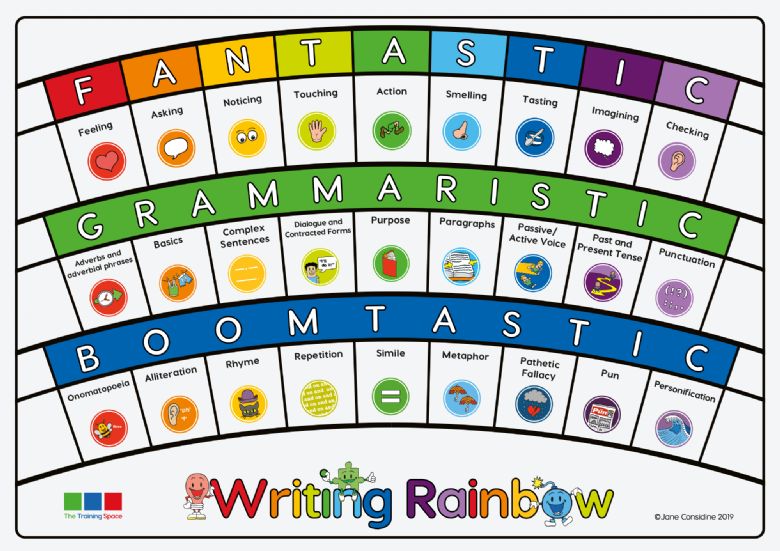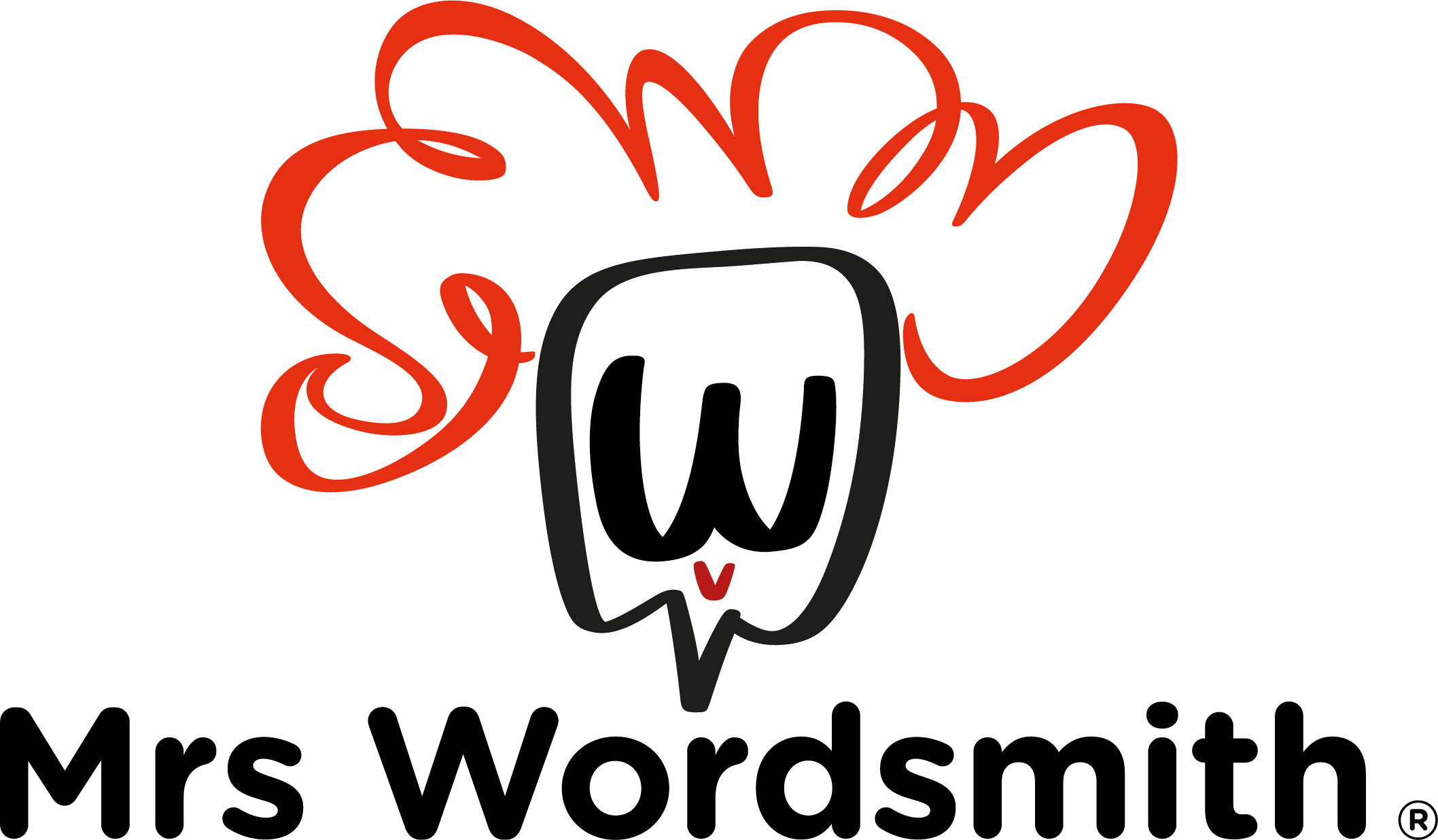At Trinity, our aim is to foster competent, confident writers. We recognise that writing is an area that should not be confined to English lessons alone, so opportunities are planned for children to write across the curriculum. Children write in the style of a whole range of genres and teachers plan opportunities for children to be able to vary the purpose, audience and form of their writing. We cater for a range of learning styles through a multitude of resources used to inspire our children’s creative minds: video clips, auditory recordings, trips, visitors, images, drama, talk for writing and high quality texts are some examples of these. Meaningful, real-life purposes for writing are encouraged wherever possible. Children are taught to discuss, plan, draft and edit their writing through teacher modelling and peer support.
Nursery
Writing and a love for reading starts in Nursery. Children in Nursery follow the scheme Little Wandle - Foundations for phonics. This focuses on Nursery rhymes and games that support children’s sound discrimination. They have three five minute key worker planned groups daily to expose them to the joy and pleasure of sounds with supporting activities in continuous provision.
Children in Nursery are exposed to oral blending and sound discrimination throughout the day, especially during transition periods.
They have named pegs to hang coats up on, named water bottles and have to find their name card at snack time. They use a visual timetable that supports early print recognition.
Children in N2 spend time working on looking at the letter shapes in their names and staff use appropriate language to help them discriminate the marks that they make eg down, around, across.
In continuous provision and through adult led provocations children are invited to explore a range of mark making opportunities (whiteboards, chalks, paint, water, flour, cornflour gloop, playdough etc) both horizontally and vertically, large and small scale.
Reception
In Reception the class use Drawing club 3 times a week to learn 6 new high order words supported by actions and pictures. Staff model using these throughout the day to make them ‘real’. Children have drawing and writing modelled to them and participate in mark making following from this. Children use their imagination to create their own adventures on day 3.
Whilst delivering Little Wandle staff model writing in print, focussing on capital letters, finger spaces and full stops, modelling these with actions. Children mark make twice a week with adults in small groups following from phonic input.
In Reception literacy texts are carefully planned to provide a broad and rich exposure. Vocabulary is chosen carefully and children are supported to read and write CVC and Common Exception Words as soon as they have been taught.
Daily interventions are in place to ensure all children practise writing their names with correct letter formation. Extra support to develop fine motor control is put in place for children who struggle to manipulate pencils.
Writing stems from 3 areas: “The Write Stuff”, quality texts and class projects linked to foundation subjects or extracurricular activities that may stimulate children’s interests and enthusiasm for writing. This approach to writing is consistent across the school.
Over the year, children will experience a range of writing types including fiction, non-fiction and poetry. Opportunities for cross-curricular writing will be provided and children will be expected to apply taught skills across the curriculum. Children are encouraged to plan, draft, edit and publish extended pieces of writing at least once a term.
The Write Stuff reinforces grammar through the use of the ‘FANTASTICs’, which is an acronym that summarises the ideas of writing, the ‘GRAMMARISTICs’ which is a classroom tool that enables the teacher to drive key grammar messages and the ‘BOMBASTICs’ which helps children capture ways of adding drama and poetic devices to writing in a vivid visual – these three areas make up the ‘WritingRainbow’. Teachers use the Write Stuff’s FANTASTICS, BOOMSTASTICS and GRAMMARISTICS and sentence stacking in appropriate lessons. Tasks are differentiated to support and challenge learners.
The Write Stuff is based on two guiding principles: teaching sequences that slide between experience days and sentence stacking lessons. With modelling at the heart of them, the sentence stacking lessons are broken into bite-sized chunks and taught under the structural framework of the ‘WritingRainbow’. Teachers prepare children for writing by modelling the ideas, grammar or techniques of writing.
Initiate section: a stimulus to capture the children’s imagination and set up a sentence.
Model section: the teacher close models a sentence that outlines clear writing features and techniques.
Enable section: the children write their sentence, following the model.
Teachers are expected to complete at least one The Write Stuff unit per term in Years 1-4 and three over two short terms in Years 5 and 6. Units will be completed with an independent write. Teachers must teach at least one The Write Stuff poetry unit per academic year.
Our Whole School Overview can be found here

We use Mrs Wordsmith’s “Word a Day”, which is a daily dose of rich, descriptive vocabulary for all aspects of storytelling. It is used to enhance the children’s vocabulary and expose them to words that they may not otherwise know. Teachers are expected to use Mrs Wordsmith daily to encourage effective word understanding and awareness (including synonyms, word pairs, story starters, etc.). Children will record the word of the day in their Mrs Wordsmith books, which they can refer to whenever they choose.

In KS2, we follow the ‘Natural Curriculum’ to teach discrete grammar lessons. Grammar skills and techniques are also taught through writing lessons.
The ‘Spelling Shed’ spelling scheme is introduced from Year 3, building on the children’s phonetic knowledge gained from using the Little Wandle phonics scheme and spelling scheme in KS1. Spelling Shed spelling is supplemented by additional sessions focussing on spelling rules and statutory lists as required. Spellings are set weekly using Spelling Shed and the children are tested weekly on ten spellings.